Project Description
Can a single mental image actually summarize a trip and a safari in Tanzania?
With such a perfect Location, perched on the edge of the African continent, and facing the Indian Ocean, Tanzania’s weather and climate leaves nothing to be desired. Warm and sunny days are followed by cool and balmy nights, and whether you’re on safari on the Serengeti plains or enjoying the tropical beaches of Zanzibar, the temperatures are always welcoming and gentle. Consult Weather and Climate to find out when the best times to visit are, and learn more about the monsoon winds and seasonal rains.
But sun-filled and beautiful days are not all that Tanzania has to offer. On the contrary, the country’s borders hold a vast number of people and tribes whose varied cultures and traditions make up the rich tapestry that is Tanzanian culture. Read on to learn more about the Masaai culture and the customs of the Swahili Coast.
Although Tanzania is a country rich in culture and traditions, it’s history is also one of treasured heritage and pride. From the early days of mankind’s history, man has called the land of Tanzania home – its verdant mountains, its scrubland plains. Find out more about our country’s rich history, from the arrival of merchants and traders on the Swahili Coast to the peaceful political climate that exists today.
Tanzanians enjoy a climate of freedom and peace in our daily lives, and value community and togetherness very highly. Religion is an expression of community and culture, and one that binds us all as citizens to our country and to the people around us. Tanzanians practice Christianity, Islam, and traditional African religions in tolerance and understanding.
Religion defines our community and our sense of identity, but culturally, we are all Tanzanians. Our culture and our traditions can be seen in the everything we surround ourselves with and the handicrafts that are the specialties of our country. Visitors to Tanzania will find the section on Shopping immensely useful in helping them decide what to bring back for their friends and loved ones from our amazing country.
Geography
Tanzania is located in East Africa between longitude, 29 degrees and 41 degrees east and latitude 1 degree and 12 degrees south. Tanzania borders Kenya to the north, Rwanda, Burundi, and the Democratic Republic of Congo to the west, and Zambia, Malawi and Mozambique to the south, and is the largest country in East Africa (943,000 sq km), comprising both the mainland and the Zanzibar Archipelago.
A large central plateau makes up most of the mainland (at between 900m and 1800m) and the mountain ranges of the Eastern Arc and the Southern and Northern Highlands cut across the country to form part of the Great Rift Valley.
A land of geographical extremes, Tanzania has the highest peak – Mount Kilimanjaro, the lowest point – the lakebed of Lake Tanganyika, and the largest lake – Lake Victoria, on the continent.
Population and culture
Tanzania is home to some of the most incredible tribal diversity in Africa. The country includes all of the major ethnic and linguistic groups on the continent – an amazingly varied population to inhabit a single country. Home to approximately 120 tribal groups, most of these comprise small communities that are gradually being assimilated into the larger population due to changes in land use and the economic draw of city life. Tribal diversity is prized and far from being a source of division, Tanzanians place a high value on their country’s multicultural heritage. Over the past few years, cultural tourism has become an increasing attraction for visitors from around the world and visits to tribal villages are often a highlight of safari itineraries.
The Masaai are perhaps the most well known of Tanzania’s tribes and inhabit the northern regions of the country. Pastoralists who fiercely guard their culture and traditions, Masaai tribal life revolves around protecting and caring for their herds of cattle and finding ample grazing land in their region. The tribes live in circular enclosures called manyatas, where small mud huts surround a secure open circle where their cattle and other herd animals sleep protected during the night. Woven thorn bushes form a thick fence around the enclosure to protect the herds from attacks by lions and other predators. Because good grazing land fluctuates according to the seasons and yearly rains, Masaai settlements are temporary and easily relocated to where grazing and water access is best. Tribal tradition separates men and women into different age groups: the youngest herd sheep and goats while the young male warriors, or moran’s, job is to protect and care for their family’s cattle. Male elders hold a position of respect in Masaai society and once a warrior becomes an elder, he may marry to begin a family of his own.
The ‘Spice Islands’ of the Zanzibar Archipelago, Pemba, Mafia, and the entire Tanzanian coast is home to the Swahili people, a vibrant mix of Arab, Indian and Bantu origins who historically based their livelihoods around Indian Ocean trade. The Swahili Coast, as the region is called, is a predominantly Islamic region with old mosques and coral palaces found throughout the area. Swahili culture centres around the dhow, a wooden sailing boat powered by the seasonal wind. Historically, the boats connected the Swahili Coast with Arabia and India and allowed trade between the regions to flourish. Fishing remains a mainstay of coastal income in small villages throughout the area, and coconut and spice plantations continue to form an important source of export. These days, life on the Swahili coast is tranquil and even-paced. Women cloaked in long robes called bui bui walk through meandering streets to the local market, stopping to chat outside tall houses hewn from coral and limestone rock. In the villages, the call to prayer rings out clearly over the palm trees and once they have finished their religious duties, the men gather in the square to drink spiced coffee from brass braziers. From the warrior moran of the fierce Masaai to the tranquil rhythms of Swahili town, Tanzania offers a unique glimpse into African life as it has remained for centuries.
Is this the destination you would choose for our next photo adventure?
All the pictures on this page are courtesy of my precious partner UNIKTOUR.


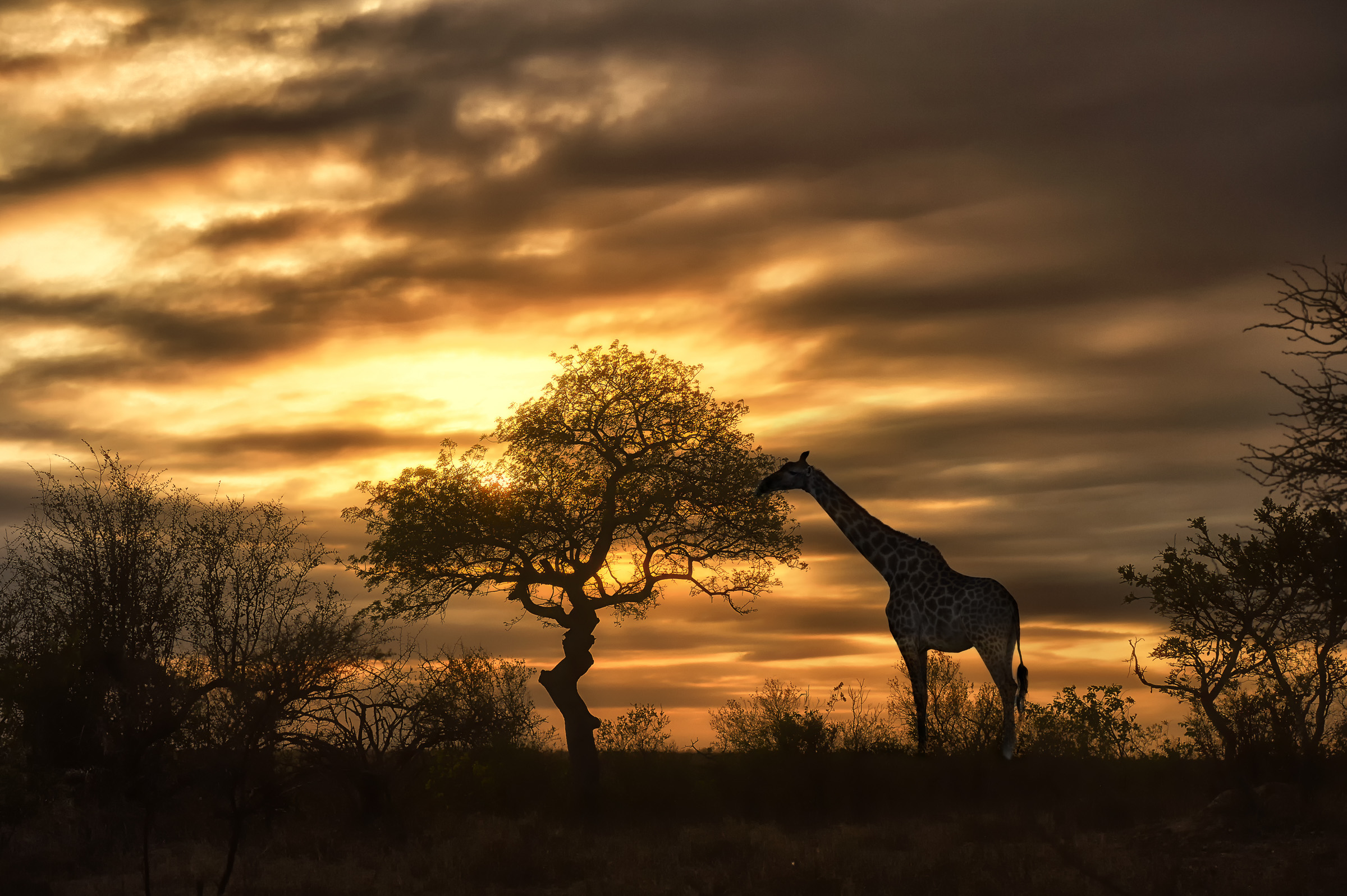

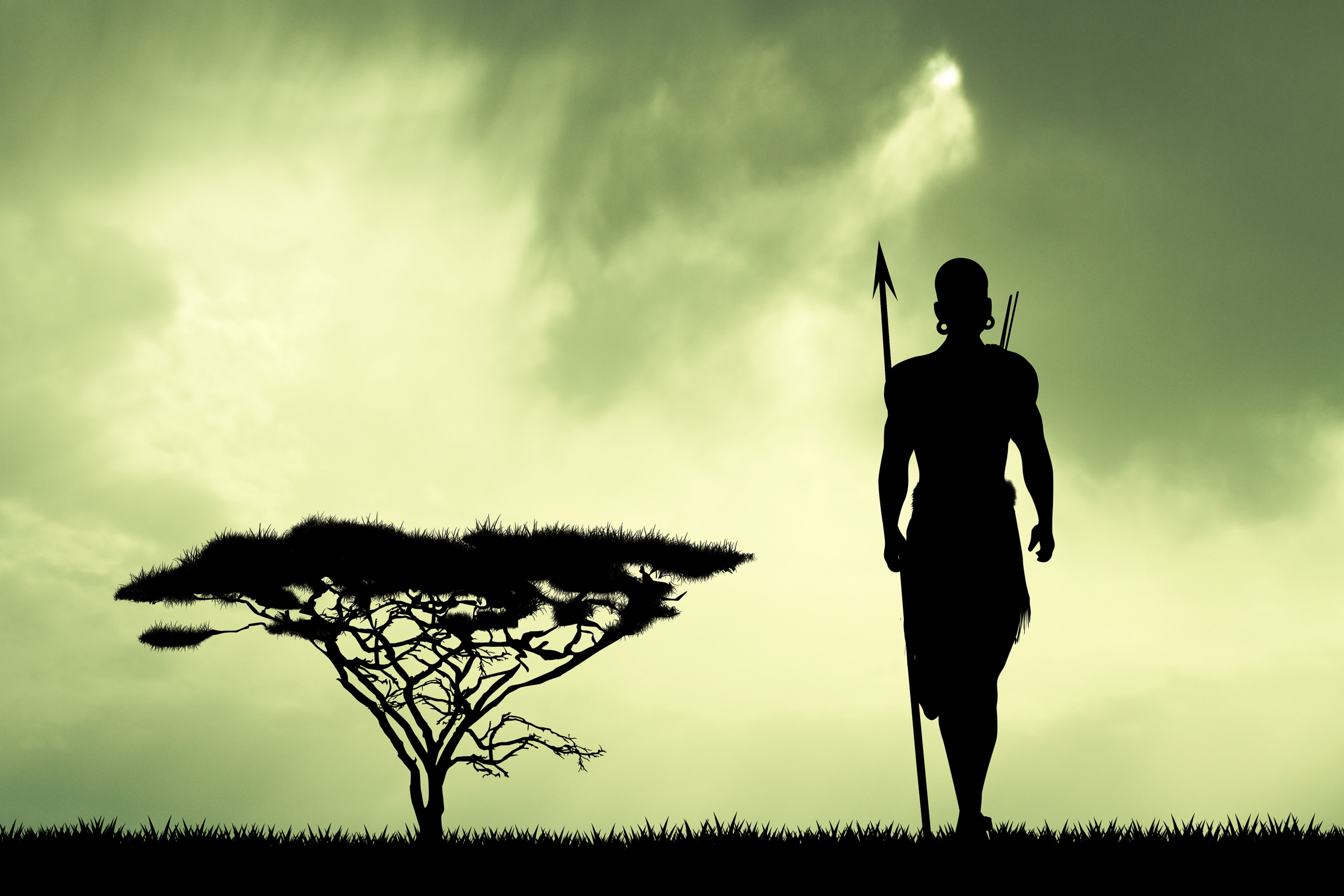



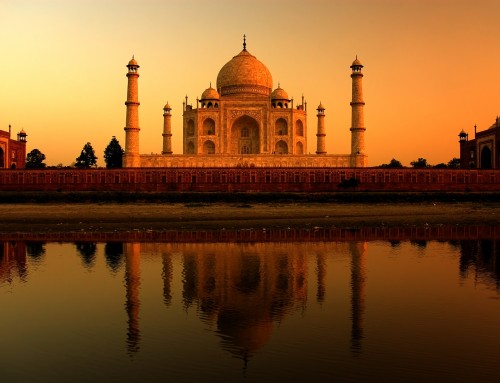

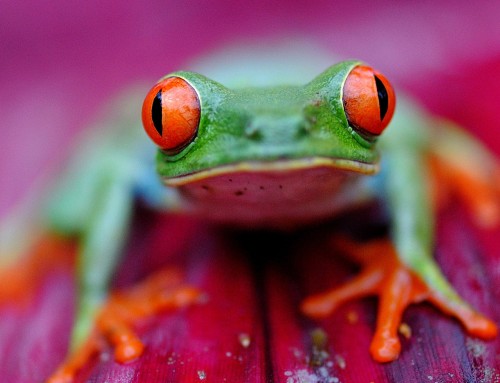
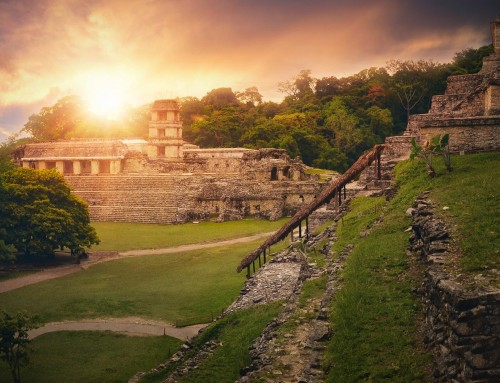
Leave A Comment